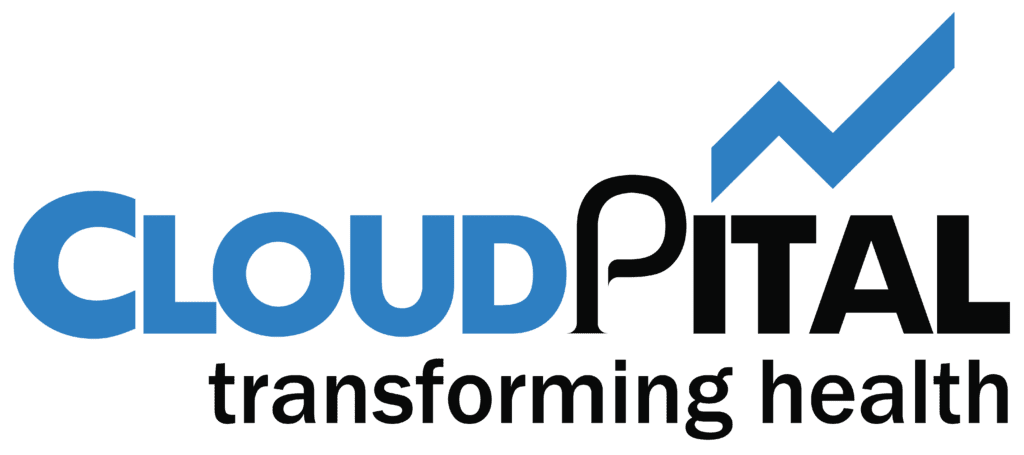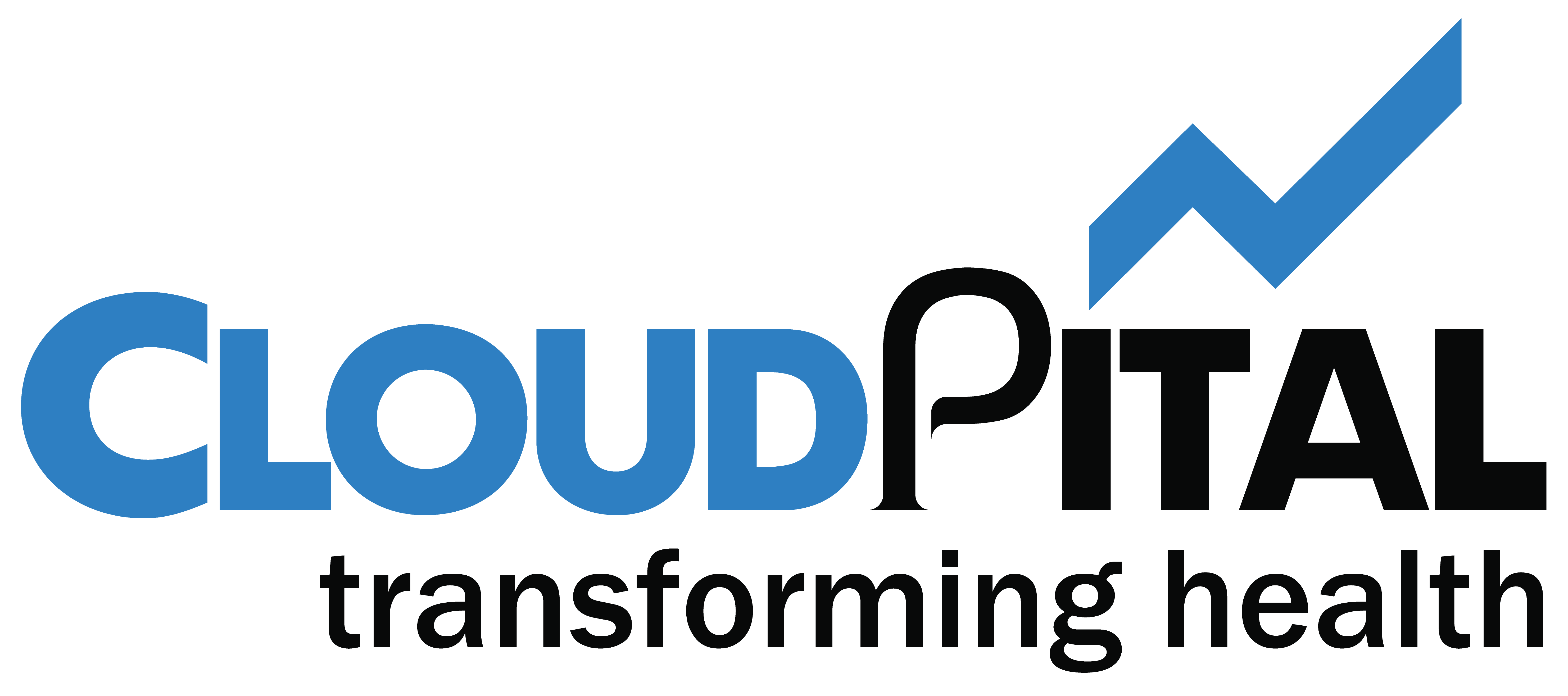
Project Stages and Flow
Depending on your current project stage Bilytica can work-out and
suggest the most effective plan to archive your goals, launch or
release a new version that your users will love.
Our typical project flow includes the following stages.
01
02
03
04
Discovery Stage
In Bilytica project flow, the critical discovery
stage includes four segments.
1.01
1.02
1.03
1.04
Q: Already have a PRD, wireframe, or initial design?
A: That’s great. Our design and engineering team will analyze your project
to determine the remaining scope of work and suggest a vision for the next stages of development.
Development formats and billing
Time & Materials
An exceptional, user-friendly backend environment requires agile, flexible ideation and an ability to pivot and adapt according to changing needs. With our time and materials approach, you won’t need to overpay for risk contingencies you may not need.
Read our blog for a full analysis
Agile
We believe in Agile development. Agile backend development involves the use of a series of short sprints, which allow for quick and transparent progress in your project. We apply our nimble and responsive ideologies to each backend project, incorporating your feedback along the way, and adjusting priorities as needed. Rather than relying on the restrictive linear waterfall approach, Agile ensures we can provide a highly flexible service resulting in a custom backend solution which earns your approval at every stage.
UI/UX design, prototyping
Your user interface (UI) and user experience (UX) are keys to your success. Our UI development process is dynamic and iterative, based on prototypes, user feedback, and analytics that let us see your UI through your customers’ eyes. Our progressive UI development also saves you time and money, because it eliminates late, unexpected scope changes.
Automated QA and testing
Automated quality assurance and testing are best practices in software development. We implement QA automation solutions and testing tools because they yield significant advantages for our clients, including the highest product quality, lowest costs, and fastest releases.
Adherence to industry best practices and technology standards
Throughout our software development process, we emphasize clean architecture, design patterns, code readability, and documentation. We follow principles established by Google (e.g., style guides for Javascript, Typescript, Java, and Kotlin) and Apple (e.g., guides for Swift and Objective-C). We also adhere to the general engineering principles of KISS, DRY, and SOLID.
Compliance with security standards and policies
We follow industry best practices to meet each client’s security needs. We can help you comply with security standards and regulations such as SOC 2, PCI DSS, GDPR, and HIPAA. We also provide strict version control and automatic code and data backups to ensure product continuity and protect you against critical data loss.
